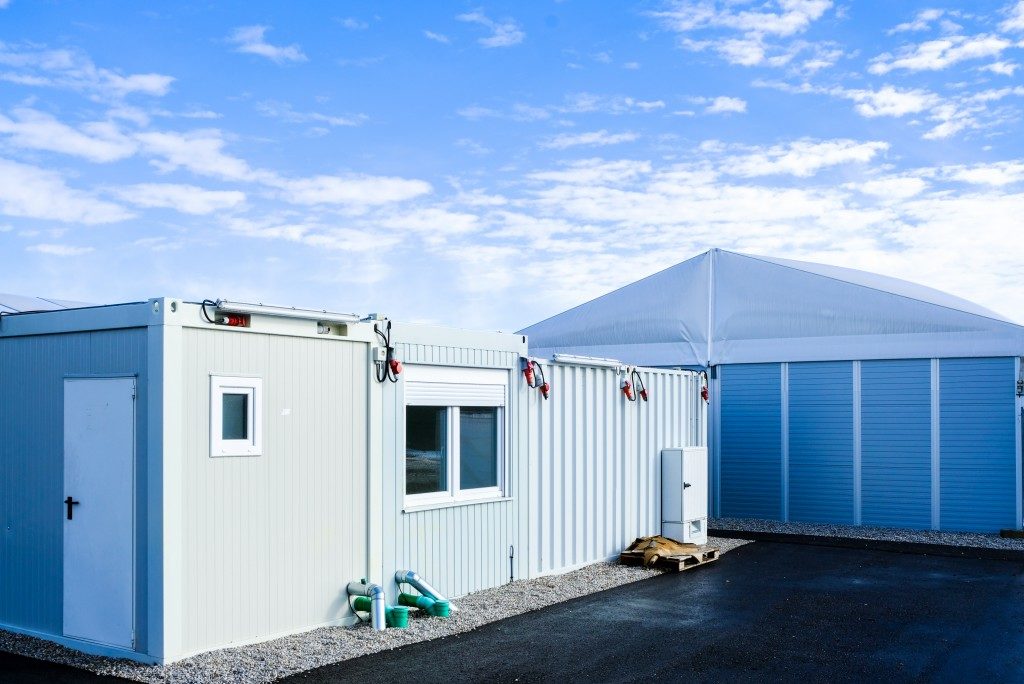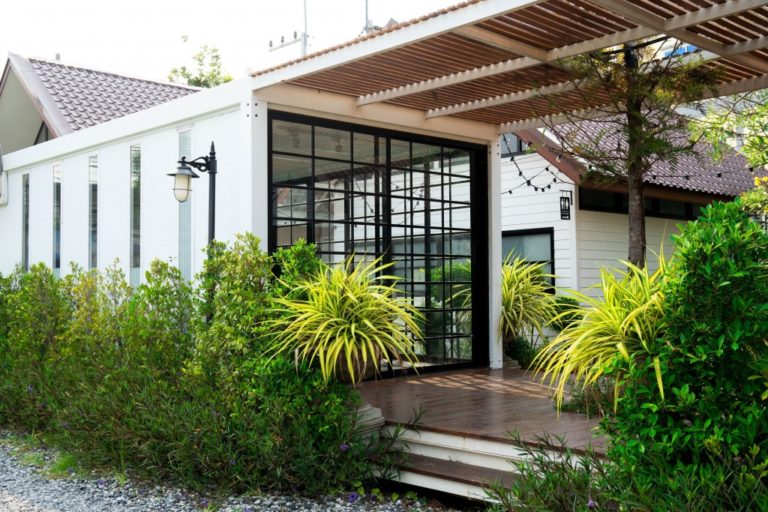A large portion of today’s homebuyers is avoiding the conventional 30-year mortgage that comes with the prototypical house in the suburbs. This is because of the economic uncertainties worldwide and increased awareness of the ecological impact of home construction. Container homes are now all the rage. These not only come with a reduced-price tag but enable you to play a role in eco-conservation.
A considerable percentage are nonetheless still apprehensive about choosing a shipping container for their homes and would instead get the smallest ones for their container sheds in Australia. This is because they are not as keen on the traditional look of a shipping container shed. They erroneously assume this will affect the look of their home and make them look ‘’cheap’’. There nonetheless exist several options for boosting the look of a shipping container. The most popular one is the timber cladding. This option will boost the look of your container and give it a polished and pleasing finish while protecting its underlying metal structure. The following are your profile alternatives for container home cladding.
Tongue and Groove Cladding
This is also called V-groove cladding. It is the most popular among container homeowners owing to its neatness and traditional home look. Tongue and groove cladding will shield your home from water. Moreover, its interlocking joints will act as effective barriers against harsh weather elements and also be good insulators. This cladding profile also creates a strong structure, thus boosting the overall durability of your container home.
Feather-Edged Cladding
This profile creates a sturdy and secure surface, making it the best choice for places with high winds. When cut at an angle, the feather-edged cladding will be perfect for the horizontal cladding of your home. Its cuts allow the panels to overlap and give you a rustic home look. They also give you control of its cover size and finished result. The profile is also quite versatile and can be customized ways to match your landscape and the allowed home designs of your neighborhood.

Shiplap Cladding
This is mainly similar to the tongue and groove cladding. The primary difference between the two lies in the scoop found in shiplap cladding. This scoop provides extra runoff protection and makes the cladding neat. The shiplap profile thus gives you optimal water damage protection. It also minimizes the risk of metal rusting and mold proliferation more so when installing horizontally.
Square Edge Cladding
This profile has a uniform thickness. The boards are between 12 and 18mm in thickness and feature widths of 125–225mm. Though square-edged cladding is generally used with fiber cement boards, they also make a perfect fit for timber cladding.
Thermally modified timber cladding is one of your best choices for a container home. This is because it is more stable and durable compared to plain timber cladding owing to the decrease in its hemicellulose content by the heat. With the right profile for your shipping container’s cladding, you can rest assured that the difference between your container home and a conventional one will be minimal and generally undetectable. The key to a durable and exceptional home lies in getting a well-maintained shipping container.




